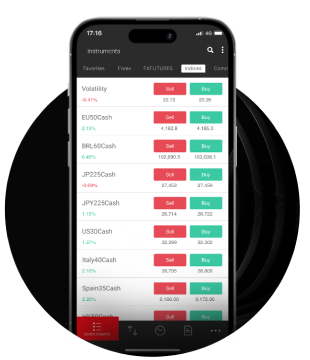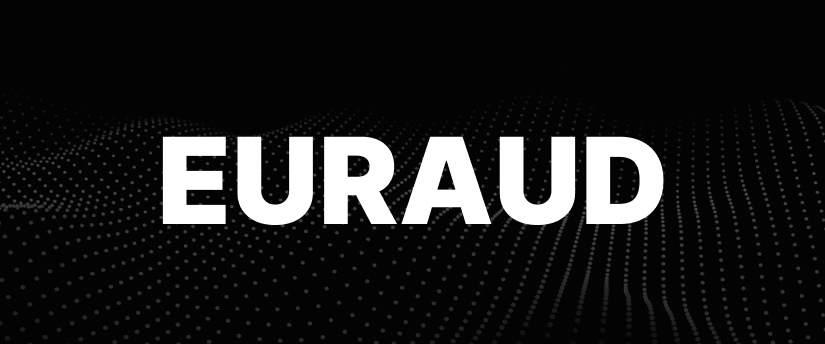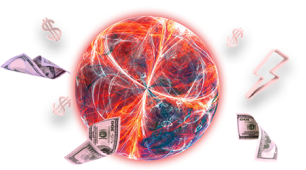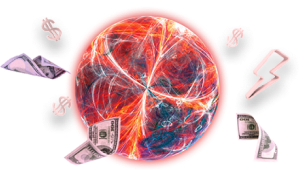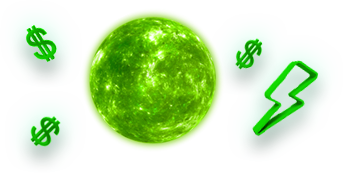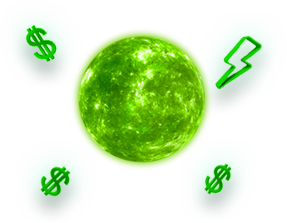In the last twelve months, the EUR/AUD currency pair has shown changes, impacted by a mix of worldwide economic movements, monetary policy adjustments and geopolitical events.
The euro has generally grown in value against the Australian dollar due to the European Central Bank’s tighter rules and financial recovery attempts. The AUD has seen some changes because of China’s slower financial pace, the ever-changing raw material costs and the Reserve Bank of Australia’s approach of carefully raising interest.
This article will delve deeper into the main elements that have affected the EUR/AUD pair recently. From the effects of inflation to interest rate variations along with global risk perception. Next, we will analyse the technical tendencies, market shifts and projections.
In March 2025, the rate is at 1.722 AUD for each EUR.
Understanding the EUR/AUD pair
The EUR/AUD value measures the number of Australian Dollars one needs to get a Euro. If the EUR/AUD number goes up, the Euro is getting stronger, or the Australian Dollar is getting weaker. A drop in the rate shows the reverse.
Market participants watch this pair to determine the state of economies, seek possible trades next to protect against currency shifts. Since Australia depends on raw materials and the Eurozone has a wider economy landscape, this pair can vary a lot because of outside matters.
The EUR/AUD currency pair also sees impact from risk sentiment across global markets. Increased investor risk often results in favourable tendency for the Euro, due to it being viewed by many as a more solid option.
On the other hand, should global risk rise, the Australian Dollar could gain value. It is considered to have a high yield and strong commodity links. Grasping this dynamic is crucial for those who evaluate possible shifts in price.

Another important aspect is interest rate differentials; these often move long-term currency pair patterns. The variance between the European Central Bank’s (ECB) interest rate and the Reserve Bank of Australia’s (RBA) cash rate creates a yield spread that influences investor capital flows.
Investors look for currencies that have a better return. It indicates that the AUD could get appeal when the rates in Australia are much more than those in the Eurozone. Nonetheless, when rate differentials narrow, the EUR/AUD exchange rate may shift as traders adjust their positions.
The EUR/AUD pair’s power is also linked to the trade balance between Europe and Australia. Australia exports a lot of commodities, while Europe depends more on industrial and technological exports. Shifts in demand for resources from Australia or for goods made in Europe can cause exchange rate shifts.
For example, if demand for iron from China rises, the Australian Dollar will usually gain strength. At the same time, declining economic activity in Europe could weaken the Euro. These things impact how the pair fluctuates.
Key factors influencing EUR/AUD
In terms of monetary policies per the European Central Bank (ECB):
- On March 6, 2025, the ECB reduced its deposit facility rate by 25 basis points, bringing it to 2.50 %. This was done as part of their attempt to encourage economic growth in response to slow improvements and low inflation.
- ECB decision-makers are thinking about more rate reductions if the economic situation does not get better. This is especially true considering the poor industrial production numbers in Germany and France.
- The Eurozone’s inflation is still below the desired level at 2.4 %. This is a factor that has led to talk about the possibility of extra stimulus actions later this year.
With regard to the Reserve Bank of Australia (RBA):
- In February of 2025, the RBA reduced its cash interest to 4.1 %, a drop of 25 basis points. This action was the initial reduction in the rate in more than four years.
- The RBA s is exercising caution regarding future decisions on rates, as inflation within Australia remains high at 3.6 %. This level goes above the central bank’s intended scope.
- The Australian financial system is experiencing a weak expansion. The IMF adjusted its GDP growth projection to 1.2 % for 2025.
Different monetary policies, with the ECB perhaps easing further while the RBA seems unsure, lead to shifts in the EUR/AUD exchange rate.
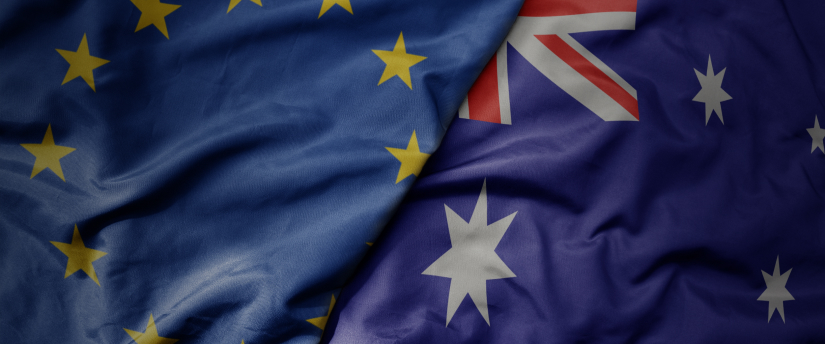
Another key point is the carry trade effect. Market participants borrow currencies at low rates, like the Euro. They then put funds into currencies at rates that are higher, like the AUD. Changes related to interest rate expectations can have a major impact on the amount of carry trade, thus impacting the EUR/AUD pair.
Geopolitical events affecting EUR/AUD
- The German government has passed a €500 billion investment. The package centers on infrastructure and defense, intending to boost the economy after a period of stagnation. This action bolstered confidence in the Euro, backing its value versus the Australian Dollar. The spending plan has improved investor views in the Eurozone, although there are some worries concerning its future fiscal viability.
- The United States has announced new tariffs on Chinese imports. This announcement causes concerns about a possible deceleration of global commerce. Australia relies greatly on shipping goods to China, so it may encounter some problems if Chinese demand goes down. The Australian Dollar is currently under pressure and is facing possible trade disturbances.
- The long war in Ukraine has increased demand for the Euro as a safe currency in Europe. Many nations in Europe have raised spending on the military, which might create economic growth over a long period but also increase fiscal risk. Conversely, the current market sentiment is pushing investors towards stable assets, indirectly affecting AUD.
Additionally, keeping an eye on the relations between Australia and China is going to be very important when making decisions regarding the AUD.
Business relations among Australia and the EU also affect the pair’s stability. The EU is a major business associate of Australia, and current talks about a free trade deal (FTA) could have a big effect on the AUD. If the deal is reached, it might create stronger economic ties and change EUR/AUD valuations.
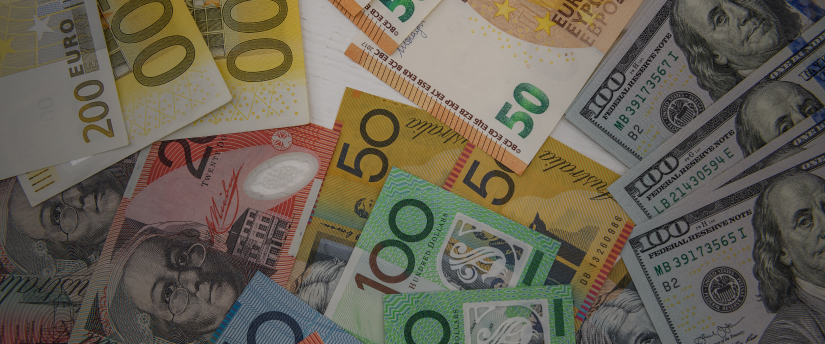
Short-term forecast
In the short term, the EUR/AUD exchange rate is expected to trade within the range of 1.7000 to 1.7400 AUD per EUR. Market analysts anticipate fluctuations driven by key monetary policy decisions from both the European Central Bank (ECB) and the Reserve Bank of Australia (RBA).
The ECB’s recent rate cut and the possibility of further easing could put downward pressure on the Euro, while the RBA’s cautious approach to rate adjustments may help stabilize the Australian Dollar.
It will also depend on how much commodity prices change. Australia relies heavily on exports of commodities. Shifts in the prices for iron ore, gold, along with coal, can greatly affect the AUD.
Keep an eye on Eurozone GDP growth reports, employment data in Australia and inflation. Such indicators will provide information about possible shifts in the EUR/AUD exchange rate.
Long-term forecast for the EUR/AUD
For 2025 the EUR/AUD rate should change from 1.6800 to 1.7600 AUD for each EUR. The median forecast is 1.7200 AUD for each EUR at the end of the year. This projection is influenced by wider economic improvements in the Eurozone and Australia.
Shifts in central bank actions will also play a role. If the ECB moves forward with its plans to help expansion, the Euro may experience downward pressure. The Australian Dollar may gain strength if demand across the world for raw materials stays high.
Traders might need to prepare for ongoing price swings within the EUR/AUD exchange rate next year.
면책 조항: 이 정보는 투자 조언이나 투자 권고로 간주되지 않으며, 대신 마케팅 커뮤니케이션입니다. IronFX는 이 커뮤니케이션에서 참조되거나 하이퍼링크로 연결된 제3자가 제공한 데이터나 정보에 대해 책임을 지지 않습니다.
